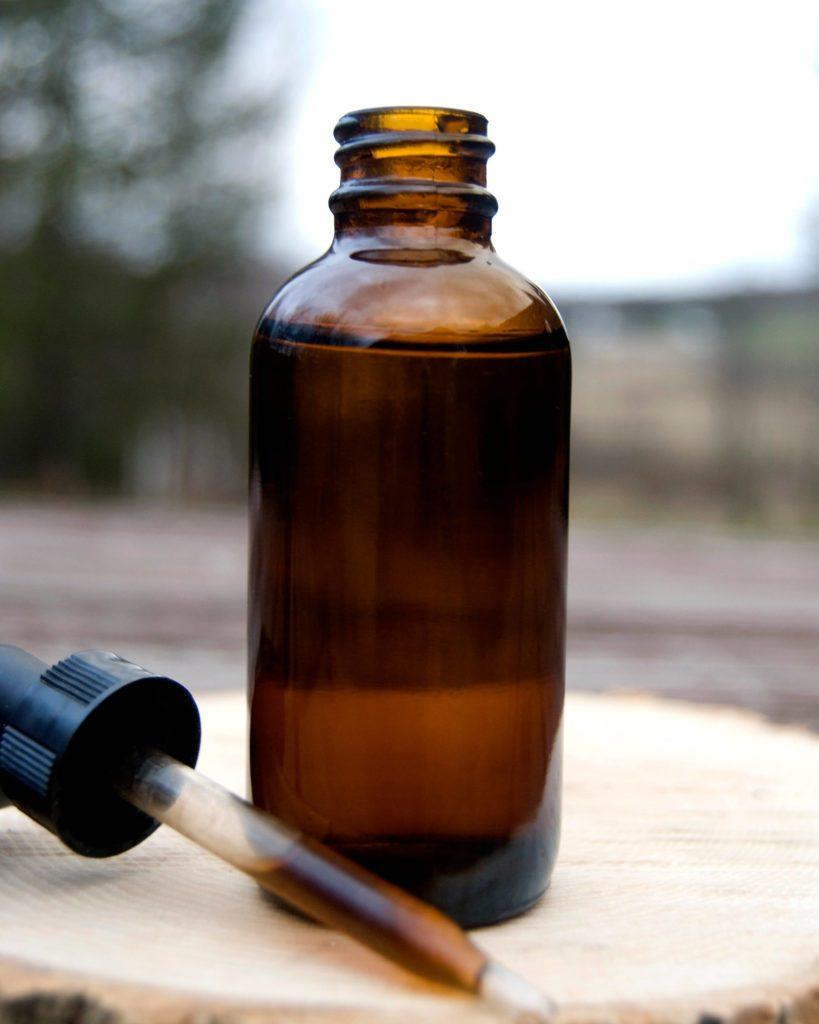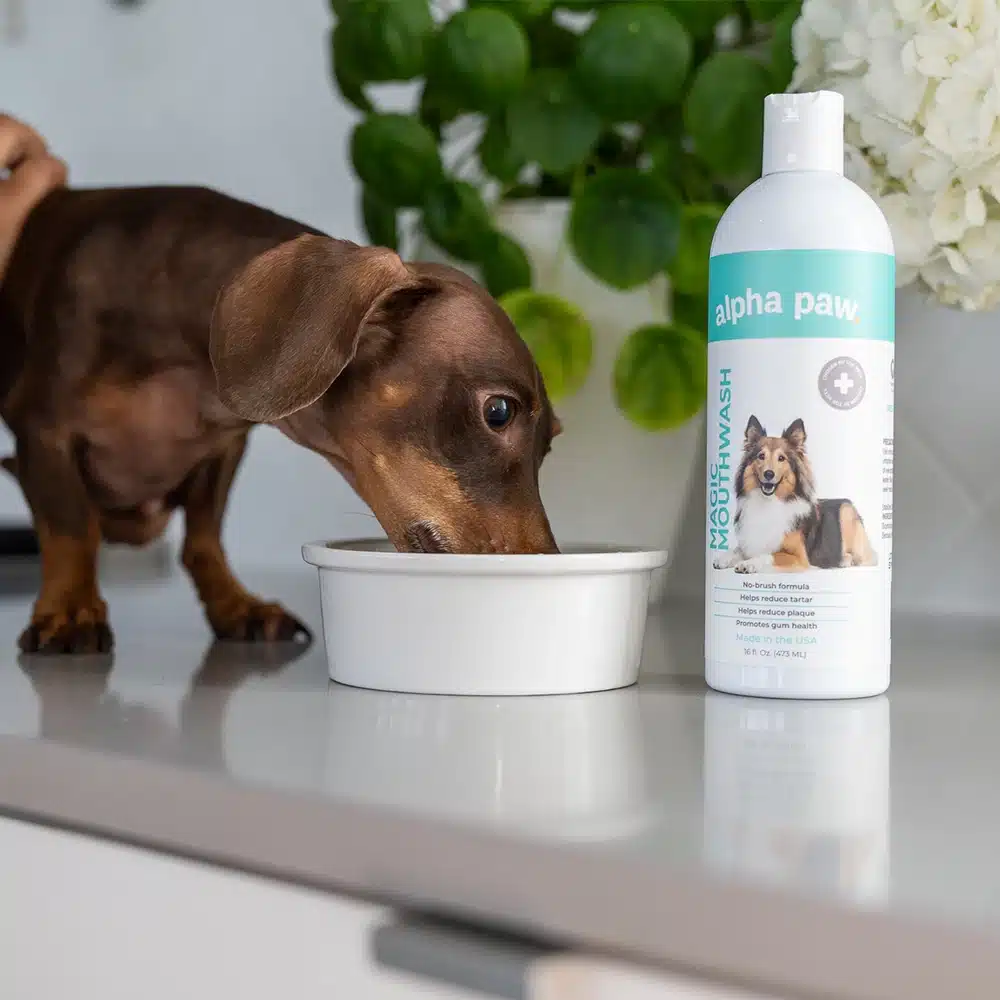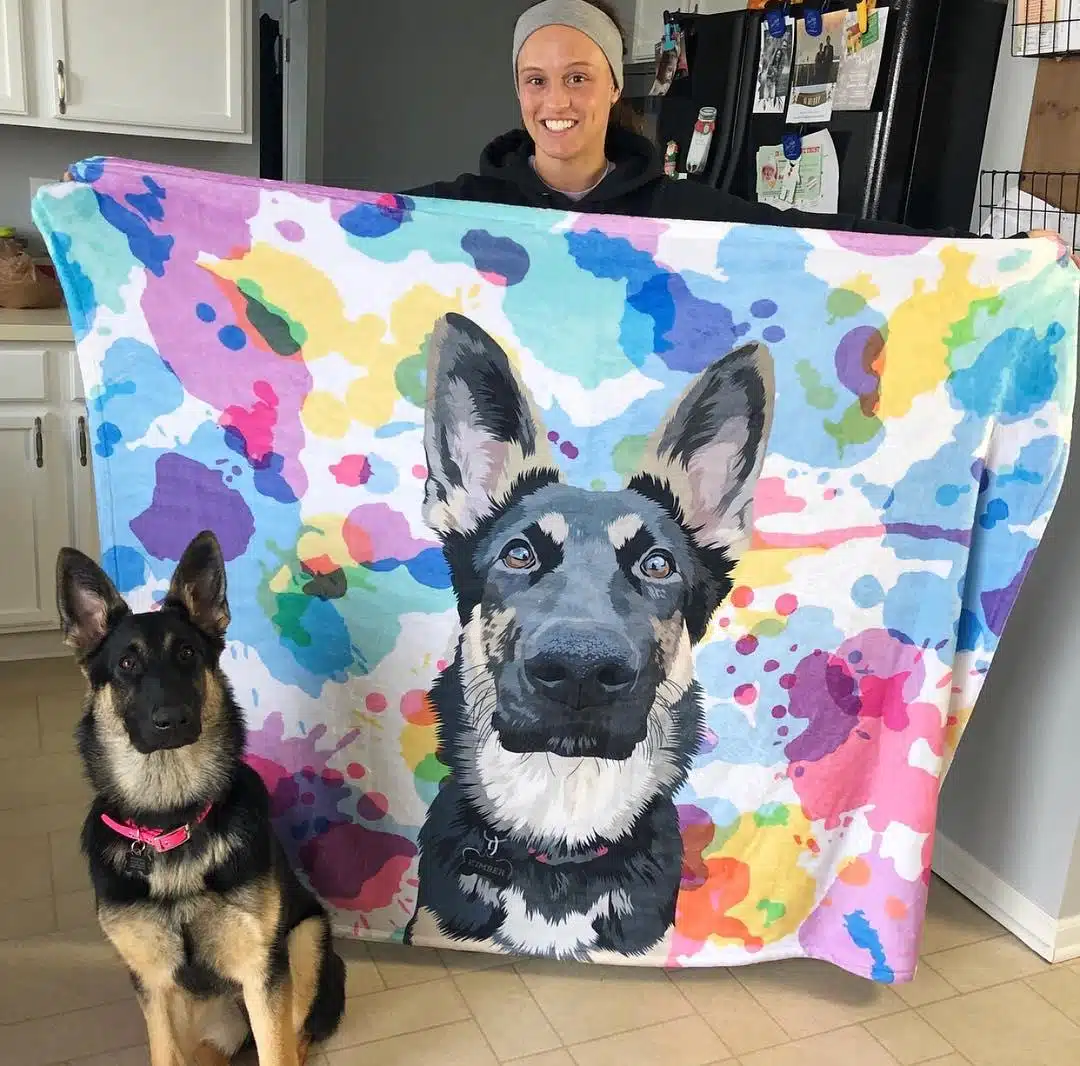
Solutions For Dog Anxiety
Have you noticed anxiety symptoms in your dog? It’s becoming more and more common. Chances are you or a loved one (besides the dog) has dealt with anxiety before so you may know what it feels like and you may have first-hand knowledge for how difficult it can be to try and deal with anxiety. When your dog starts to have anxiety, that can manifest itself entirely different than it does for you. Dogs can have all sorts of behavior problems and make coping with anxiety difficult. You might be asking yourself what causes anxiety in a dog. The most common causes are aging, fear and separation.
When dogs age, their cognitive, functional and physical abilities start to decline and degenerate. They start to develop health problems like arthritis, or cognitive decline that’s similar to early-stage dementia. You can bet that anxiety can develop.
Fear related anxiety can be towards unknown things, unknown or new places, people or animals, loud noises (gunshots, thunder, fireworks), specific situations like the vet’s office, visual stimuli like umbrellas or even different surfaces like tile, hardwood or grass. Once a dog starts to develop anxiety to one or more things, it’s even more likely that something will cause it as well. Some dogs also develop anxiety when they are separated from their family members or left alone. They don’t do well and often show serious symptoms.
Some of the symptoms that start to arise when a dog is anxious are:
- Aggression
- Excessive panting
- Whimpering
- Pacing
- Urinating or defecating in the house
- Excessive barking
- Trembling
- Loss of appetite
- Destructive behavior (chewing, ruining furniture, scratching walls or doors etc.)
- Restlessness
- Excessive drooling
- Depression
- Compulsive or repetitive behaviors
- Hiding or avoidance behaviors
If you are noticing these behaviors in your dog, chances are they’ve got some anxiety. Aggression is the most common and serious symptom that needs to be addressed immediately. You don’t want to leave an anxious, aggressive dog around others. They can lash out either to you or a family member, or another animal. Even if they don’t get to act out their aggression on another source, there are other signs like aggressive barking and growling.
If you have determined that your dog is dealing with anxiety and showing symptoms, you may be wondering what can be done to treat the anxiety.
Treating anxiety in dogs
There are all sorts of things you can do to help your dog’s anxiety. Make sure they get plenty of exercise. The saying is “a tired dog is a happy dog”. Make sure they have proper socialization and obedience training. They can’t know how to act in certain situations if they have never been taught. Another fantastic option that can be used in conjunction with anything else you want to try is CBD oil or Calming Chews for your dog. A lot of people don’t realize that Hemp oil or Calming Chews for your dog can have some very positive effects on your dog and their anxiety. If you aren’t sure what CBD oil is, it’s cannabidiol or a natural substance that is found in the hemp plant. Hemp has been used FOREVER for everything, from rope to textiles to you name it. One of the very best things about hemp oil or CBD oil is its ability to be used for humans and pets to offer relief from a variety of different things.
When used for anxiety, it will naturally sooth and calm anxiety. Before you freak out and think that CBD oil is marijuana, let us clear that up. It’s not. They may come from the same source as marijuana because they are both derived from the hemp plant, but hemp oil and CBD oil do not have any THC in them which is the part of the marijuana plant that gives people a high. So no, your dog will not get high from ingesting CBD oil. CBD oil basically enhances the body’s natural ability to soothe and calm anxiety. The body has receptors in the central nervous system called cannabinoid receptors. So when the CBD oil is ingested, it connects with the bodies receptors and spurs the body’s natural ability to create more of the natural mood stabilizer, serotonin.
That’s not all it can do though. CBD can be used safely for other neuropathic disorders, joint issues, blood disorders, pain relief, diabetes, arthritis, seizures, and other neurological disorders and mood disorders. It even helps prevent cancer by fighting off the free radicals that promote the development of cancer cells. There are so many things that CBD or hemp oil can be used for when it comes to treating your pet.
However, if you are going to use CBD oil or hemp oil it’s important to be sure you are getting your oil from a good source. Low-quality CBD or hemp oil is not going to give you the same benefits, as high-quality oil will. It’s important to know where it comes from and how it’s processed. Some companies use cheap methods to extract the oil from the plant that can be toxic. Make sure they aren’t using butane and hexane. Also, is it organic? You will want organically grown hemp and pharmaceutical grade ethanol to help remove the toxins during the extraction phase. If the company you are looking at won’t tell you where it came from or how it was processed, move on and find a company that will. Also, ask if it has been independently tested in a lab and certified. These are easy questions for any reputable company and access to those results should be easy to obtain.
After you dose your dog, you may find that your dog is going to require days before you notice a difference. For other dogs, the relief is immediately noticeable. Keep good notes and be patient. It will help; we’ve seen it work dozens of times in all sorts of different cases.











